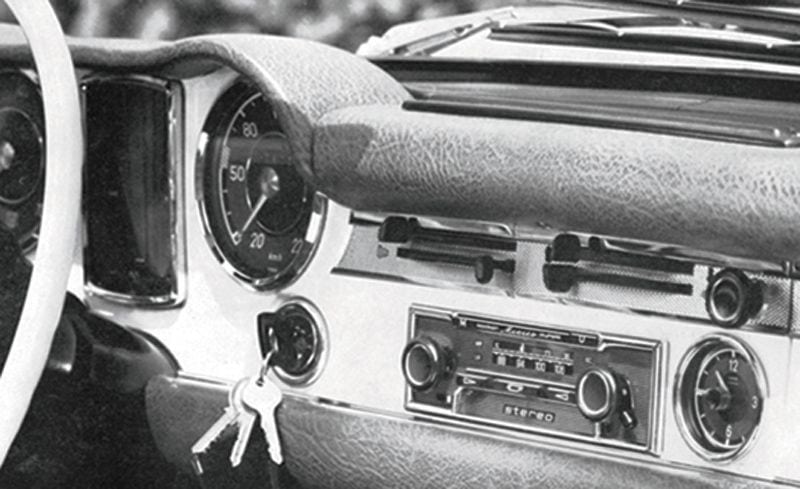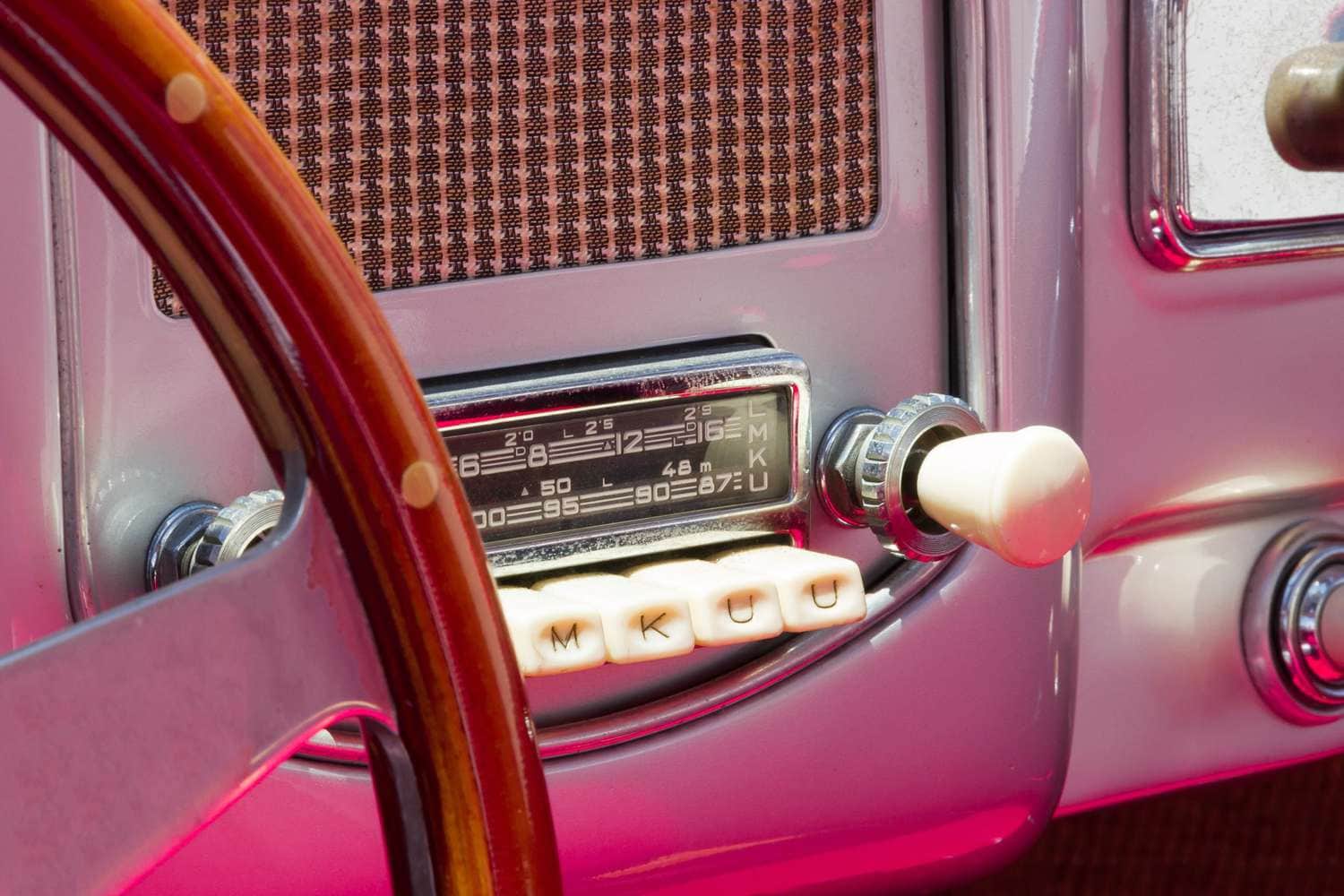A plethora of technology has wedged itself between the driver and passenger seats of the modern vehicle. With screens larger than laptops gracing the dashboards of cars like Teslas, even mid-market brands like Hyundai are fervently pursuing advanced cabin technology at bargain prices. This was never the case nearly a century ago.
Earliest History
The roots of modern infotainment systems can be traced all the way back to the 1930s, when AM radio was first introduced to the automotive market. Despite the premium price, these early radios were far from sleek and user-friendly, often proving to be rather clunky and unwieldy in practice.

In The Name of Accessibility
As the 1950s dawned, an increasing number of drivers sought to enjoy their own musical selections while on the road. With this rising demand came a corresponding expectation that vehicles be equipped with music players and automobile manufacturers scrambled to meet this need.
I Hear Music
Naturally, accomplishing this feat proved far from simple. Despite all the effort, the resulting technologies remained substantially flawed. Road vibrations consistently distorted audio quality, presenting a significant challenge to manufacturers. But these obstacles ultimately led to a flurry of inventive new in-vehicle music and radio technologies over the following four decades.

Addition of In-Vehicle GPS
The genesis of in-car navigation systems can be traced back to the development of the e-based Global Positioning System (GPS) by the US Military in the 1970s. However, it was not until the introduction of Toyota’s NAVICOM system in their 1981 Celica model that this technology finally made its way into the automotive industry.

Advancements in The New Millenium
The global explosion of smartphones transformed consumer expectations across the board. As a result, drivers began to demand ever-more sophisticated features, including seamless integration with their mobile devices. Today’s vehicles are increasingly connected to their owners in myriad ways. Gone are the days where a needle used to display the speed and RPMs, why have that that when you can use a rectangular screen and potentially get a lot more information?
Where are Infotainment Systems Heading?
Looking ahead to the next decade, it appears that AI technology will play an increasingly central role in the evolution of in-car features – with crucial safety functions already being monitored through AI. As this trend continues to gather steam, we can expect to see a host of new advancements that will forever transform the driving experience.
The roadmap ahead is totally unpredictable but at the same time quite exciting. What advancements do you think we will see in the coming years?


